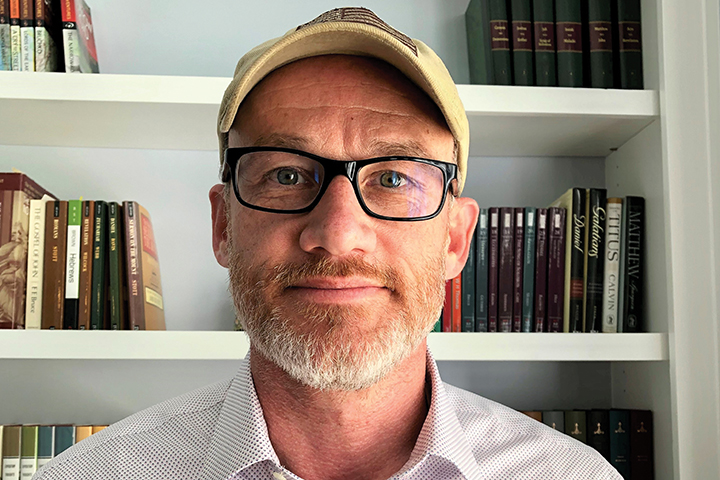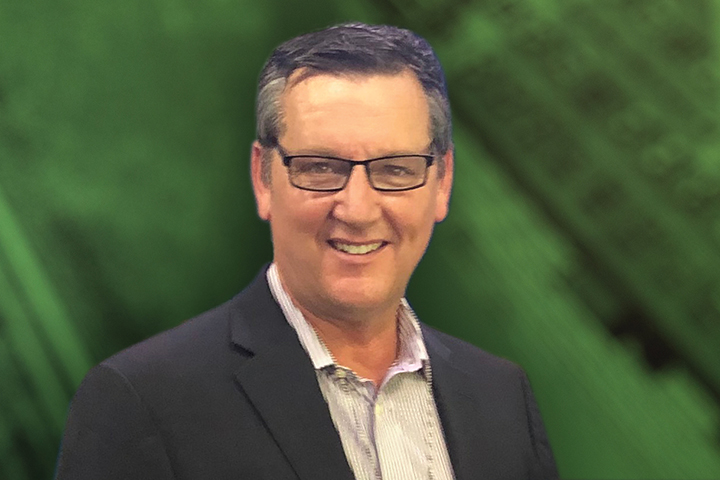Acquisition and Asset Management Strategies for Bulk SFR Portfolios
The maturing of the SFR asset class by Russell Schmidt The Single Family Rental industry continues to mature into a standalone subsector of the commercial real estate space. As the space gets more crowded and competitive, SFR investors will need to adapt and develop advanced acquisition and asset management strategies compared to the previous “buy everything and figure out operations later” strategy. Early movers such as Invitation Homes and American
Read More











